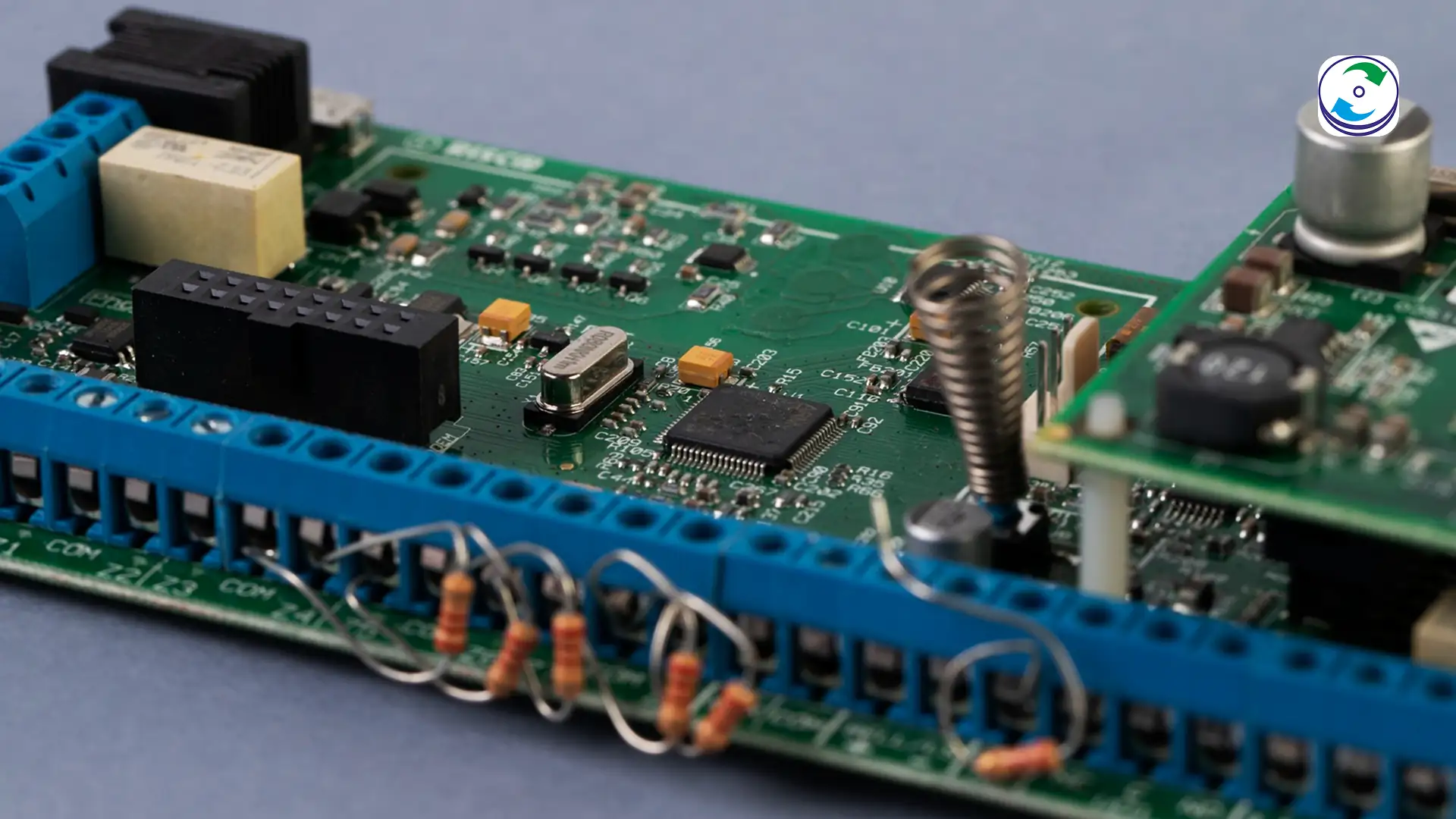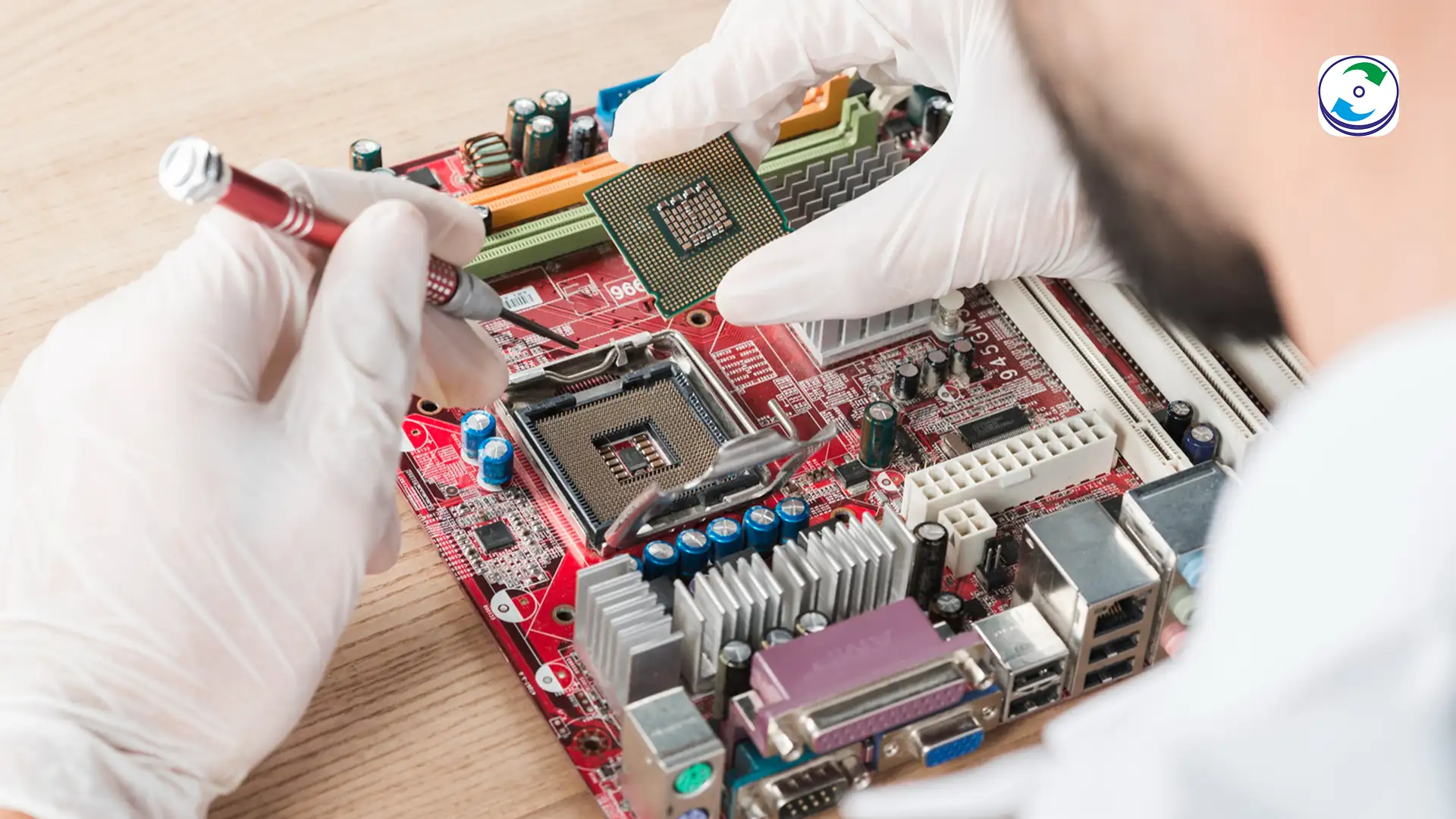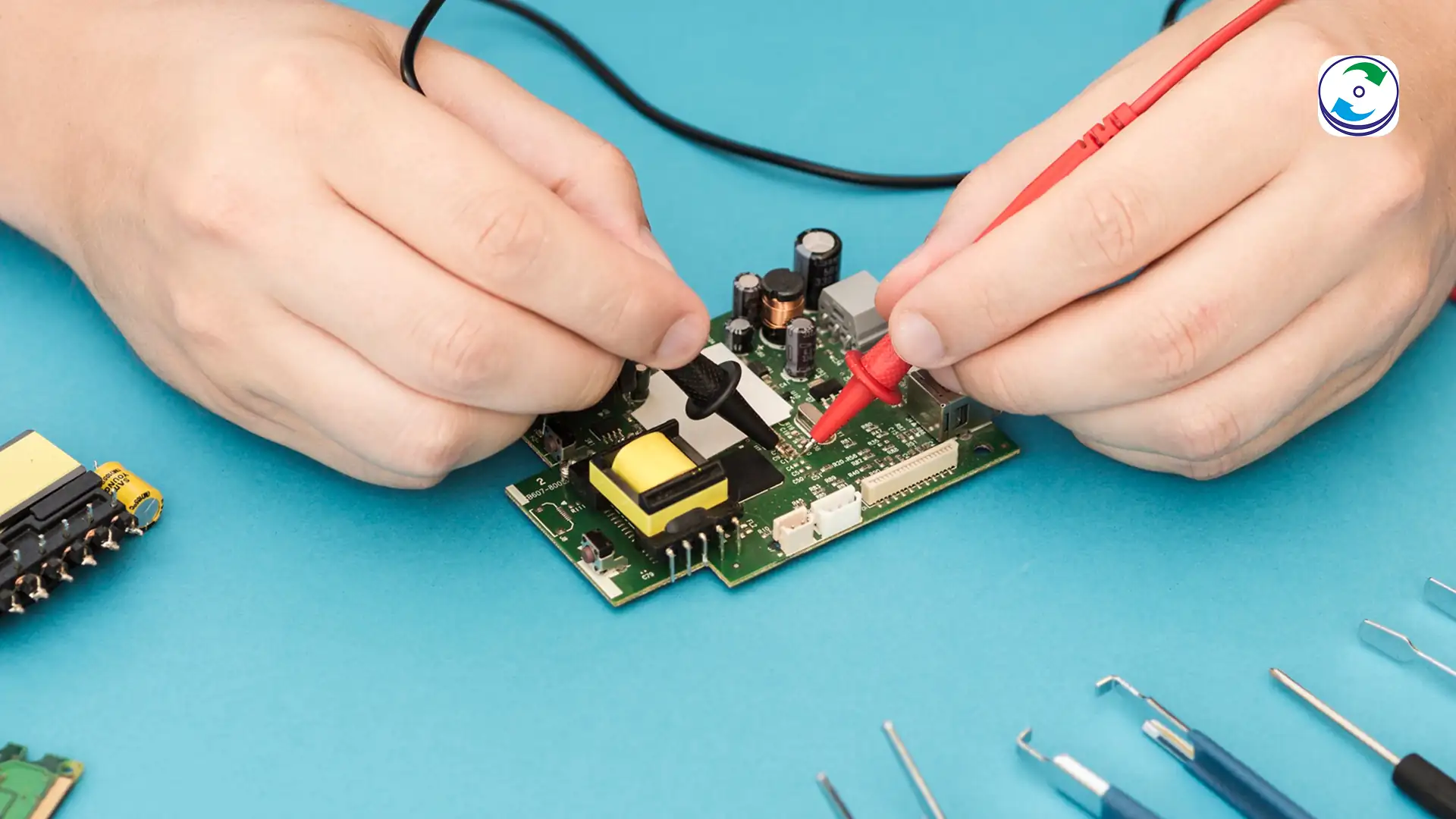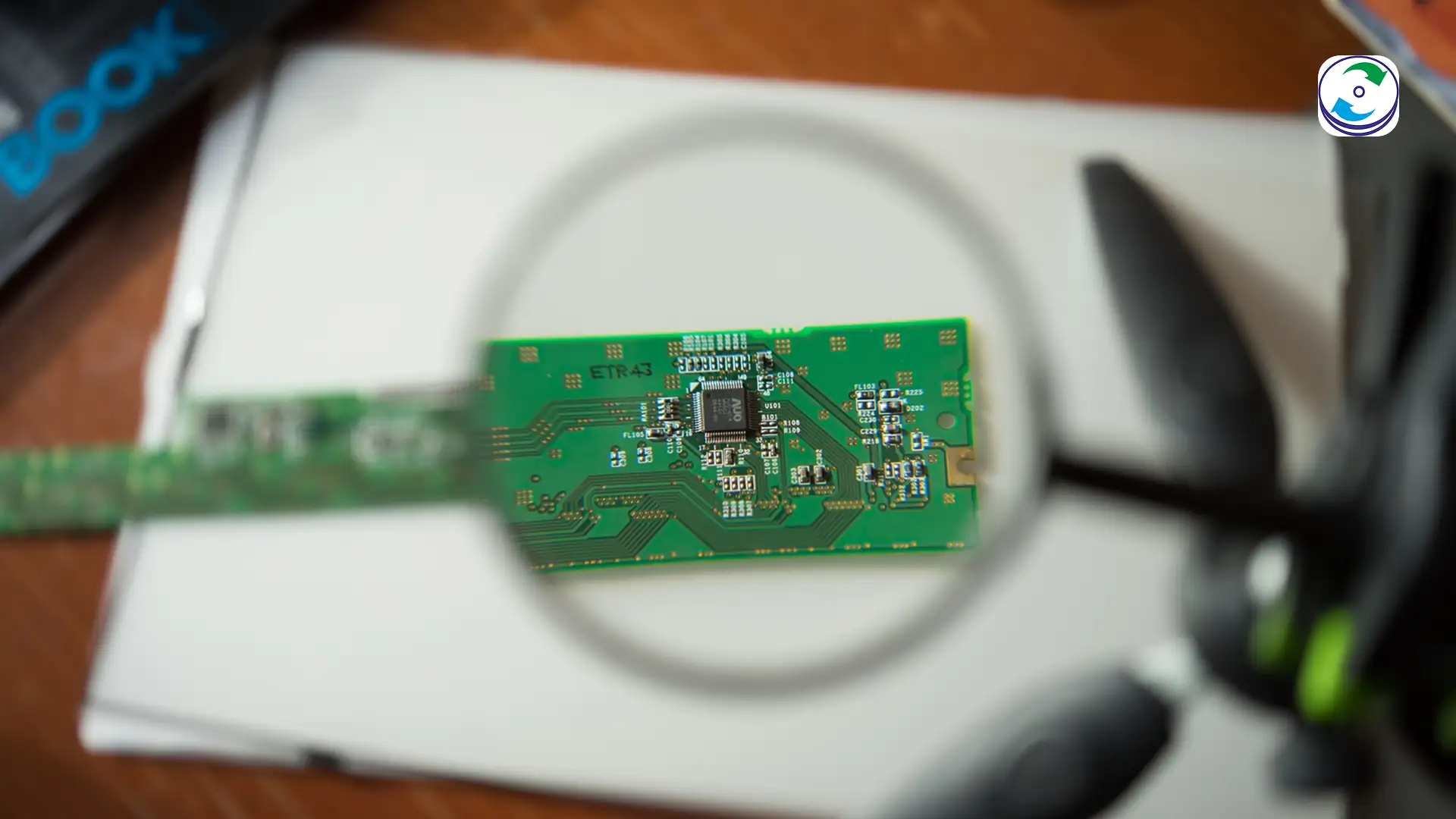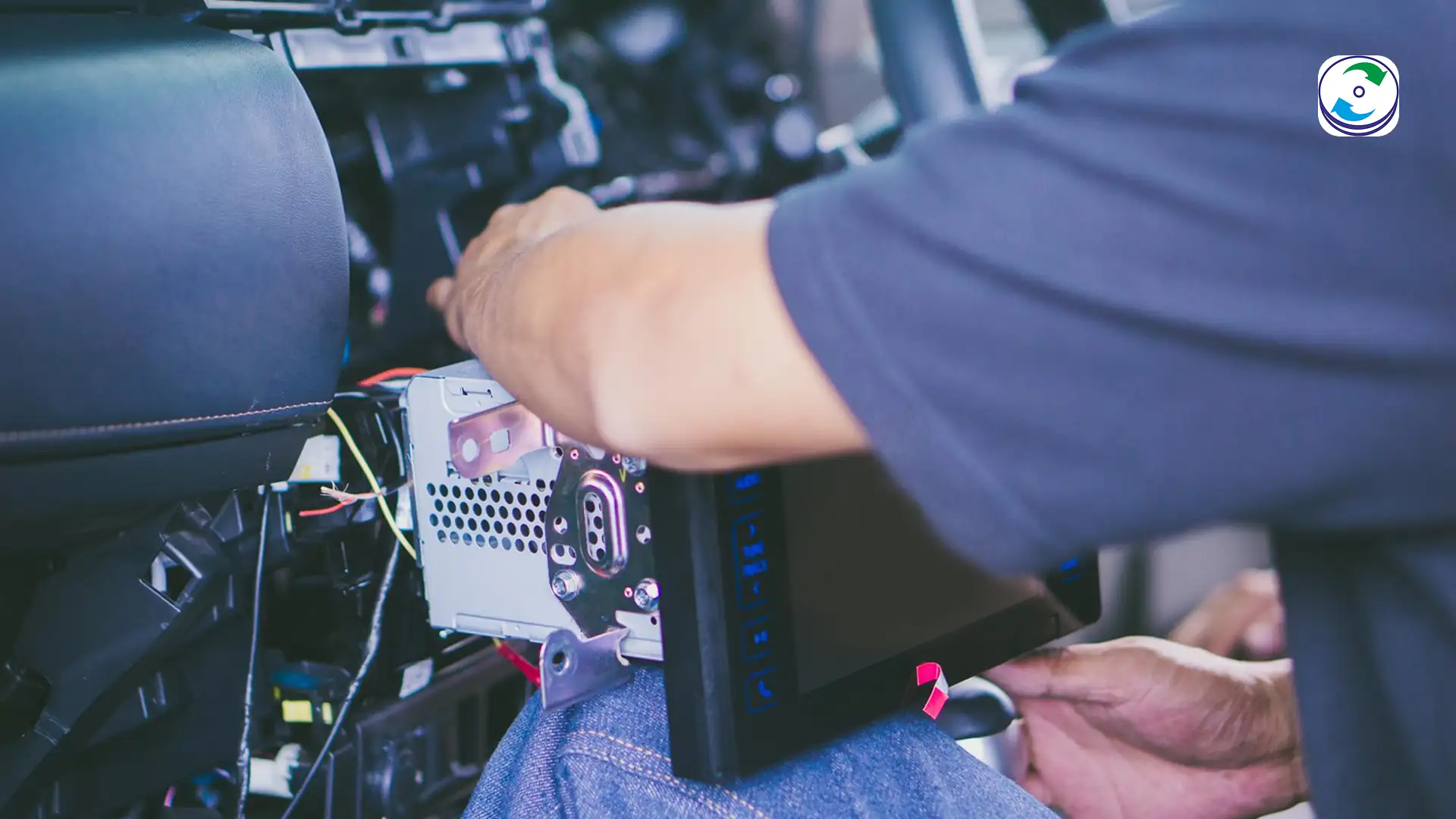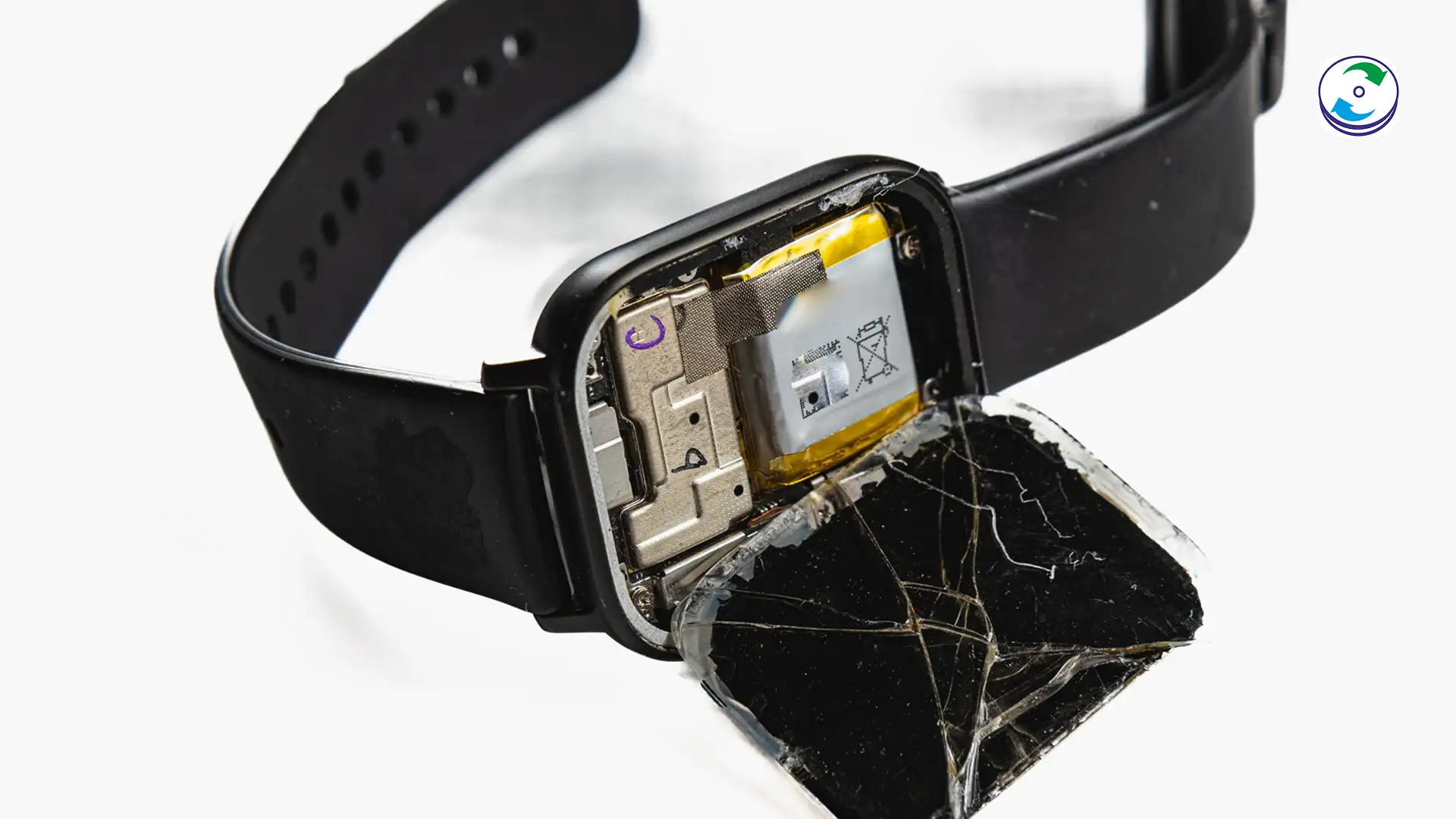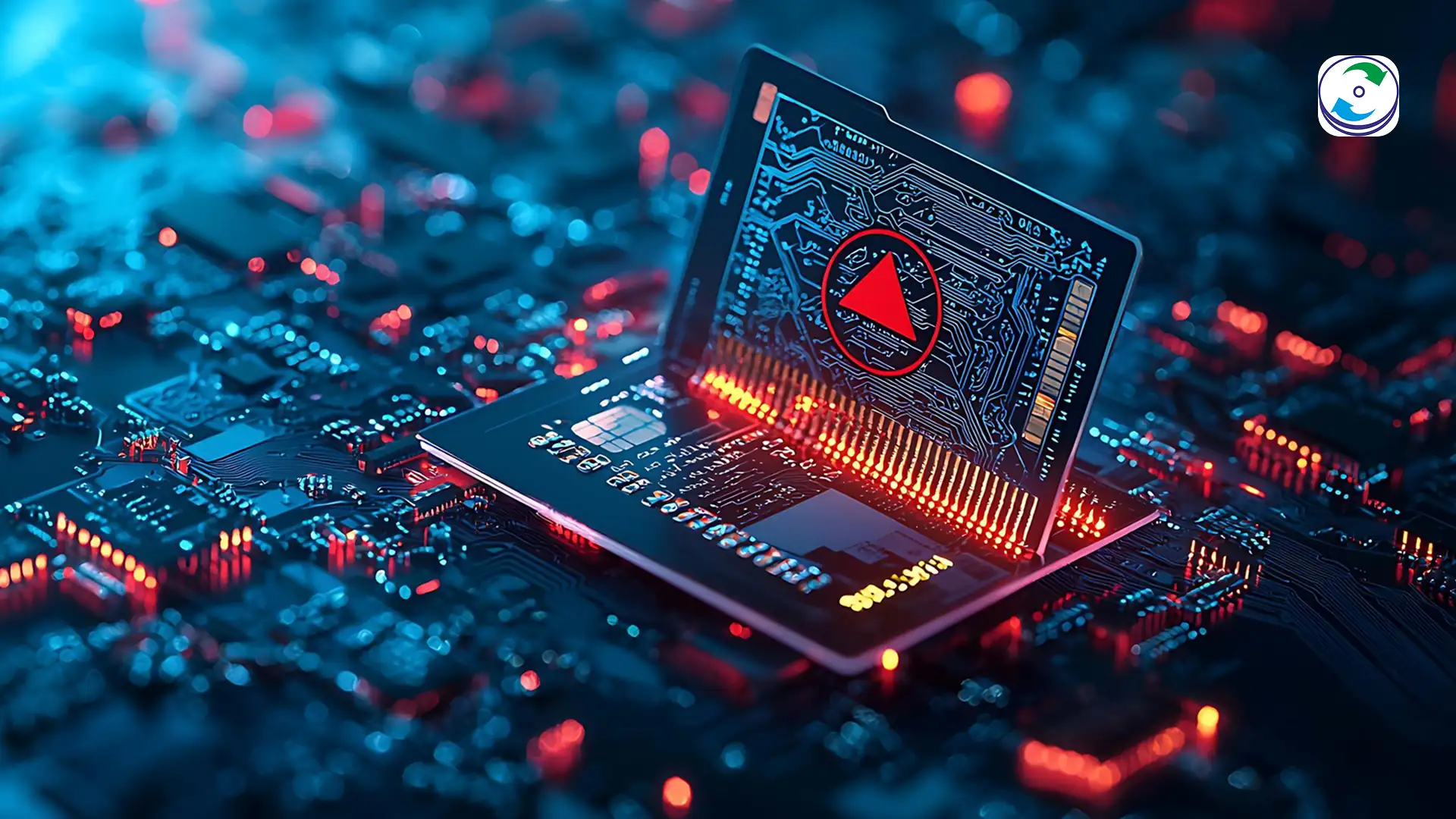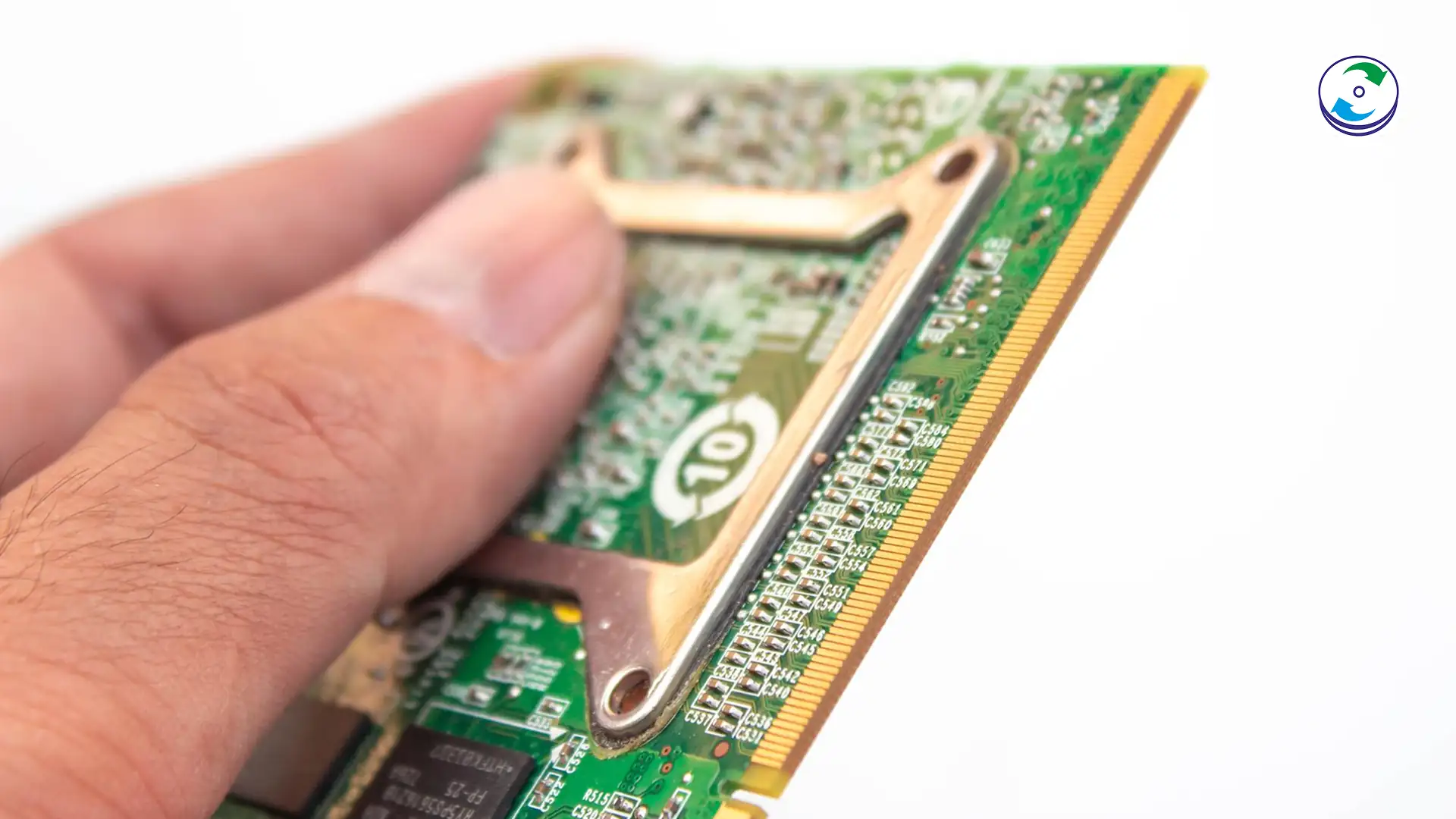The Mobile Crisis: Data Recovery from a Dead or Encrypted iPhone/Android
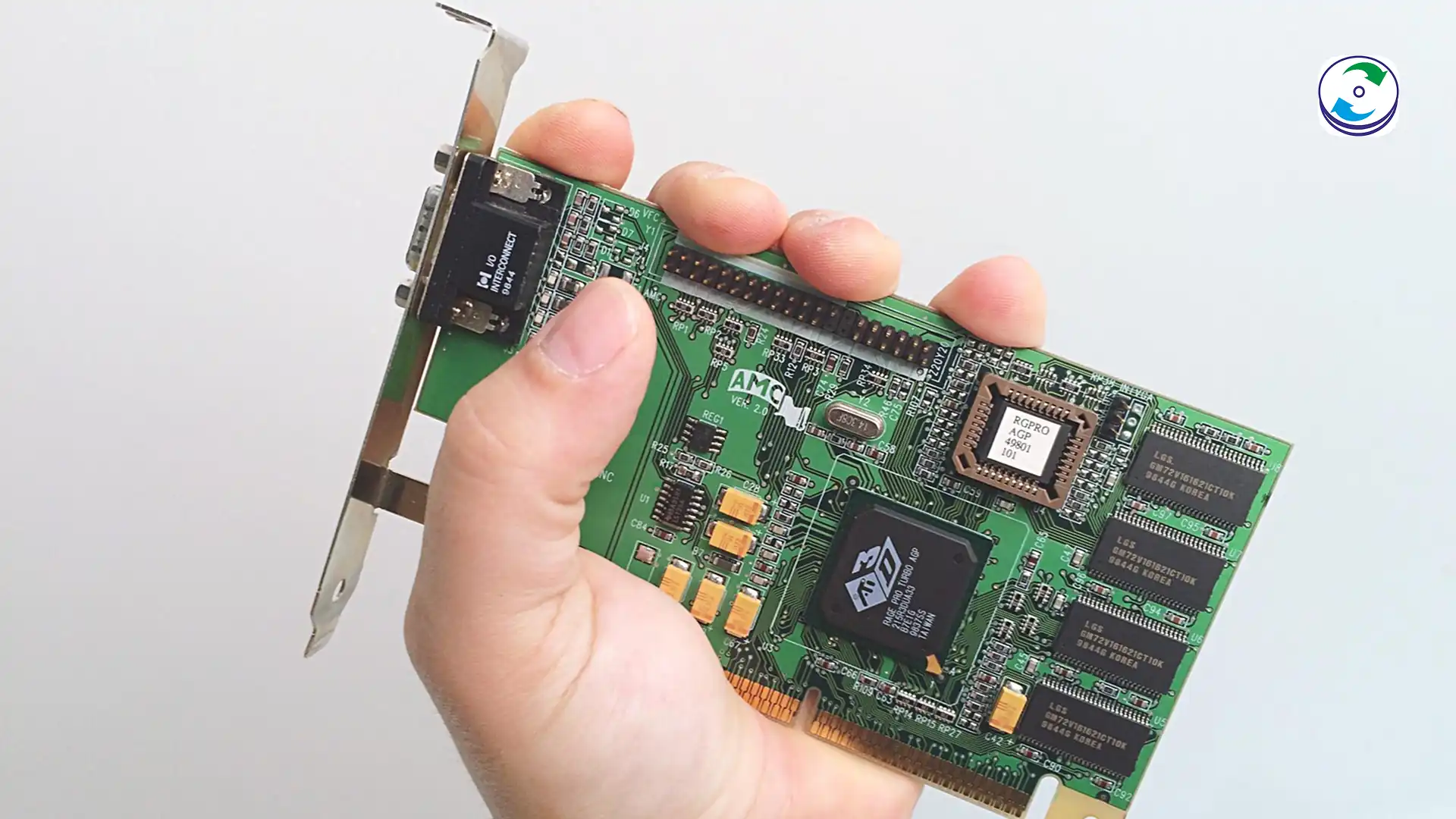
Introduction
Your smartphone is more than just a communication device; it’s a digital extension of your life. It holds priceless photos, critical contacts, important documents, and a personal history that no cloud backup can fully capture. So when your iPhone or Android device goes dead—be it from a sudden impact, liquid damage, or an unexplained failure—the panic is immediate and profound. Even worse, if your device is encrypted (which most modern smartphones are by default), retrieving that data becomes an exponentially more complex, often seemingly impossible, task.
At DataCare Labs, we understand the unique distress of losing data from a mobile device. Unlike a traditional hard drive, recovering data from a dead or encrypted smartphone requires highly specialized tools, advanced micro-soldering skills, and a deep understanding of mobile forensics. This isn’t a job for DIY software; it’s a precision operation that often involves physically extracting data directly from the device’s memory chip.
Why Mobile Data Recovery is Different (and So Much Harder)
Traditional data recovery often deals with spinning platters or accessible NAND flash on SSDs. Mobile phones, however, present a formidable set of challenges:
-
Extreme Miniaturization: Smartphone components are incredibly small and densely packed. This makes working on them with traditional tools virtually impossible.
-
Soldered Memory Chips: Unlike laptop drives, the memory (eMMC, UFS, or NVMe) on a smartphone is almost always soldered directly to the motherboard. There’s no easily removable drive to swap out.
-
Hardware-Level Encryption: Modern iPhones (since iPhone 5s) and most Android flagships employ hardware-level encryption by default. This means even if you extract the memory chip, the data on it is unreadable without the specific decryption keys tied to the phone’s processor and other components.
-
Proprietary Designs: Each phone manufacturer (Apple, Samsung, Google, etc.) uses proprietary chip layouts and connection points, requiring unique tools and techniques for each model.
-
Physical Damage: Mobile devices are prone to severe physical damage (bends, cracks, liquid exposure) that can completely destroy the motherboard and render it inoperable.
When “Dead” Doesn’t Mean “Gone”: Professional Techniques
Even if your phone is unresponsive, broken, or waterlogged, your data is often still present on the memory chip. Our engineers employ advanced techniques to recover this seemingly lost data:
-
JTAG/ISP (In-System Programming): For certain Android models, if the motherboard has power but the device won’t boot, we can sometimes bypass the processor and directly connect to the memory chip to extract data. This is less common with newer, highly secure devices.
-
Chip-Off Data Recovery: This is the most invasive but often the only successful method for severely damaged or dead devices. It involves:
-
De-soldering the Memory Chip: Our cleanroom technicians carefully de-solder the tiny NAND memory chip from the damaged motherboard using specialized micro-soldering equipment.
-
Monolith/Chip Reconstruction: For newer, “monolithic” chips (where the controller and NAND flash are integrated), this requires grinding away layers of the chip to expose test points, then rewiring it to a special reader.
-
Data Extraction: The extracted chip is connected to a forensic reader that can pull the raw binary data.
-
Data Reconstruction & Decryption: This raw data is then painstakingly pieced back together using proprietary software, and where possible, decrypted. For encrypted iPhones, even a successful chip-off may only yield an encrypted dump, as the decryption keys are often tied to other non-recoverable components.
-
The iPhone Encryption Challenge: Why Professional Help is Crucial
Apple’s encryption architecture (Secure Enclave) makes iPhone data recovery particularly challenging, even for professionals. The decryption keys are securely stored within the Secure Enclave, which is tied to the specific A-series chip. If the chip or the logic board is severely damaged, accessing these keys to decrypt a chip-off dump becomes virtually impossible.
For iPhones, successful recovery often depends on the ability to repair the original logic board just enough to get it to boot and decrypt the data. This requires extraordinary microsoldering skills to replace damaged components and troubleshoot complex electrical pathways.
Why DataCare Labs is Your Best Hope
Attempting to recover data from a dead or encrypted mobile phone with DIY methods or generic software is not only futile but can permanently destroy any chance of recovery. Our specialized mobile data recovery services offer:
-
Microsoldering Experts: Our engineers have extensive experience in intricate board-level repairs, essential for working with compact smartphone motherboards.
-
Certified Cleanroom: All sensitive procedures, especially chip-off, are performed in a Class 100 Cleanroom to prevent contamination.
-
Proprietary Tools: We invest in cutting-edge forensic equipment and develop custom techniques for various mobile devices and memory types.
-
“No Data, No Charges” Guarantee: We understand the value of your mobile data. You only pay if we successfully recover your critical information.
-
Secure Handling: Your device and data are handled with the utmost security and confidentiality throughout the entire process.
Conclusion: Don’t Let a Dead Phone Steal Your Digital Life
When your iPhone or Android device goes dead, it feels like losing a part of yourself. While the challenges of mobile data recovery are extreme due to miniaturization and advanced encryption, all hope is not lost. For a secure, expert, and often last-chance solution to recover your priceless mobile data, trust the specialists at DataCare Labs. Contact us for a free consultation—we’re here to help bring your digital memories back to life.


